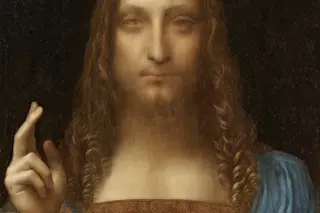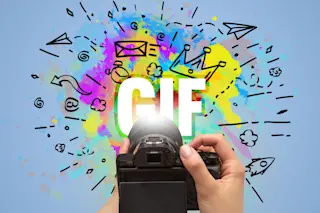A portrait of the world’s most recognizable person, Jesus Christ, painted by an icon whose renown doesn’t trail too far behind, Leonardo da Vinci, on Wednesday sold at auction for $450.3 million, setting a new record for artistic largesse.
Only a handful of authentic da Vinci paintings exist today, and Salvator Mundi is the only one that could still be purchased by a deep-pocketed collector. Christie’s Auction House billed the work as “The Last da Vinci,” “the holy grail of our business.” And on Wednesday a perfect storm of salesmanship, extreme scarcity, and legendary celebrity inflated the price to unprecedented levels. Salvator Mundi is now the golden standard of value by which all other paintings will be measured.
Todd Levin, an art adviser, told the New York Times, “This was a thumping epic triumph of branding and desire over connoisseurship and reality.”
Consider that 60 years ago this exact same ...














